Many of us remember the first time we received an art publication, either as an inspirational gift or as a memento of a real-life encounter with the art in question. From 1994’s iconic ‘The Art Book’ to a souvenir catalogue of an exhibition at the Metropolitan Museum of Art, seeing art, studying art and remembering art has taken place in private homes since the invention of the printing press.
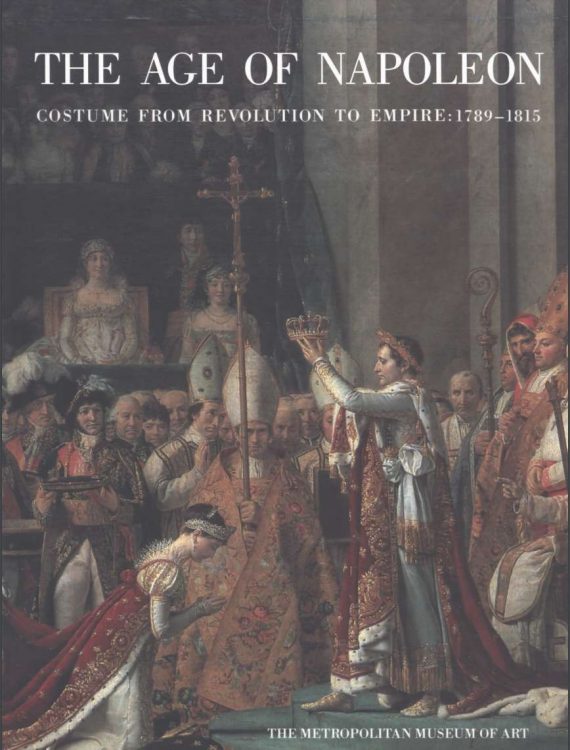
A souvenir catalogue from one of Metropolitan Museum of Art’s hugely popular exhibitions. The Age of Napoleon: Costume from Revolution to Empire, 1789-1815, held in The Costume Institute of The Metropolitan Museum of Art, New York, from December 13, 1989, through April 15, 1990.
Recently, the pandemic brought an added dimension to this geographical separation from our artistic sources of inspiration. Even if we lived next door to a gallery or an artist, we could not visit.
The world was in lockdown, but self-isolation didn’t mean we had to stop experiencing art. Despite COVID-19 closures, Australian art managed to find its way into the homes of those who wanted to remain engaged.
While artists, museums, galleries and institutions had long employed publications, films, TV and advertising to reach geographically dispersed audiences, lockdowns pushed these boundaries further and with greater urgency and immediacy, resulting in new and innovative ways to reach art lovers. From online-only exhibitions, to virtual museum tours, to 3D immersive replicas of physical spaces, the age of the digital art experience was truly ushered in.
Alex Nemirovsky was part of this movement, participating in both the Florence (Italy) Biennale and the Basel (Switzerland) Biennale in 2021 during COVID restrictions. In both cases Alex was the only artist to represent Australia in these international digital exhibitions.

COVID restrictions resulted in online-only exhibitions, virtual museum tours and 3D immersive replicas of physical spaces for audiences stuck at home. Alex Nemirovsky was part of this movement, representing Australia in the Florence (Italy) Biennale in 2021.

Alex again represented Australia at the Basel (Switzerland) Biennale online-only exhibition in 2021 during COVID restrictions.
During 2020’s COVID restrictions, Alex was able to reach audiences through publications such as Art Universal, the great encyclopedia of international art, where his work ‘Lady of St Kilda’ was featured.
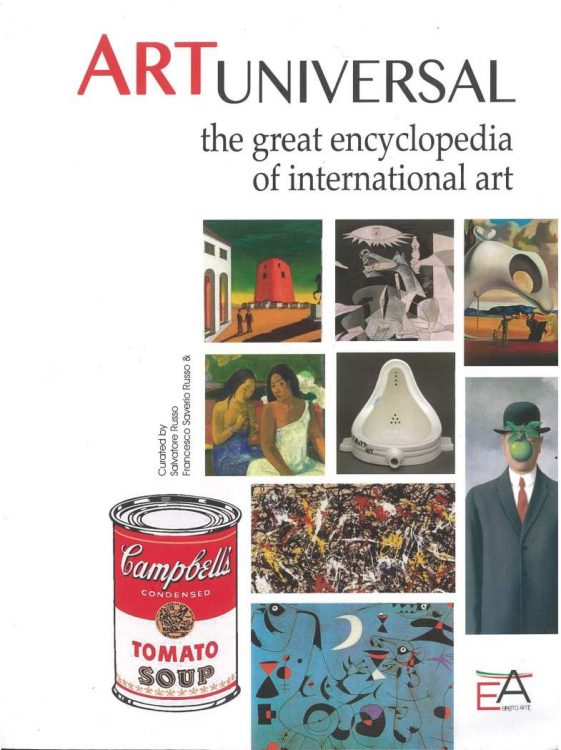
During 2020’s COVID restrictions, Alex was able to reach audiences through publications such as Art Universal, the great encyclopedia of international art, where his work ‘Lady of St Kilda’ was featured.
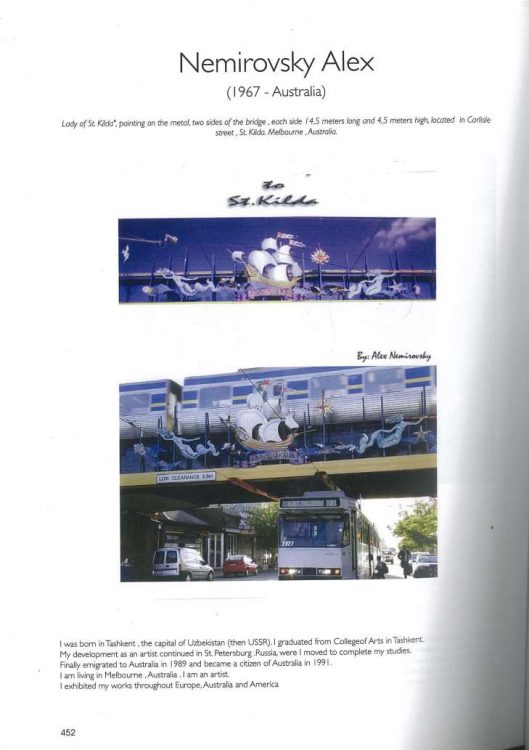
Alex Nemirovsky’s work ‘Lady of St Kilda’ featured in Art Universal, the great encyclopedia of international art, in 2020
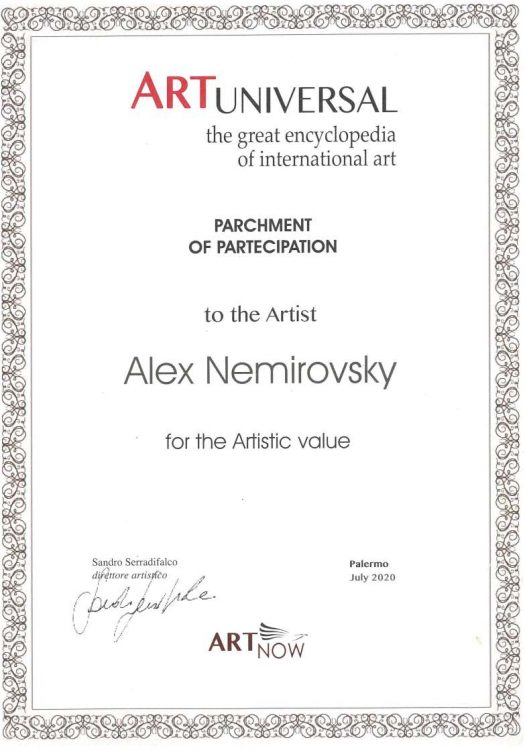
Alex was of course no stranger to art publications, having recently been featured in The Best Modern and Contemporary Artists of 2018 as well as the Premio Internazionale Caravaggio publications of 2018, but his participation in digital exhibitions has ushered in a new way to reach audiences across the globe.

No stranger to art publications, Alex Nemirovsky was featured in The Best Modern and Contemporary Artists of 2018

Australiana 1, oil on canvas, Alex Nemirovsky. The Best Modern and Contemporary Artists of 2018.
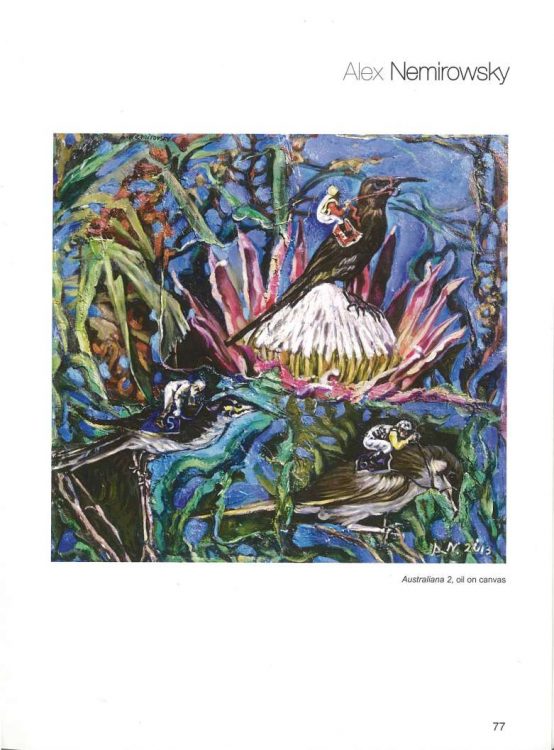
Australiana 2, oil on canvas, Alex Nemirovsky. The Best Modern and Contemporary Artists of 2018.

Alex Nemirovsky was featured in the Premio Internazionale Caravaggio publication of 2018
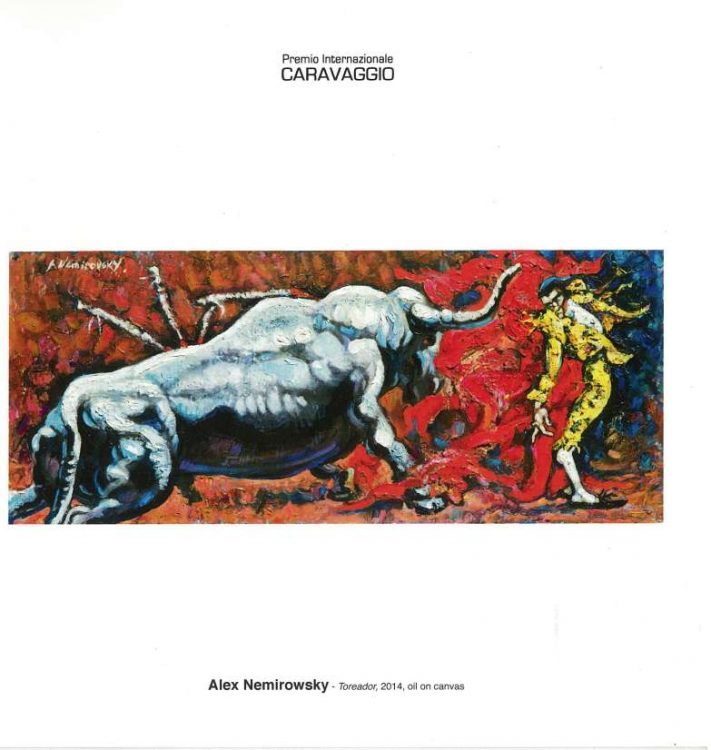
Toreador, 2014, oil on canvas, Alex Nemirovsky. Internazionale Caravaggio 2018.
Pandemic closures showed galleries and museums the potential of expanding access to a greater array of artists and art enthusiasts, but even when COVID has become a distant memory, the prevalence of art publications shows that we have always hungered for the inspiration of artists in our lives and in our private spaces.

Great Master of Art, International Award, Caravaggio Great Master of Art. To the artist Alex Nemirovsky, 2018.
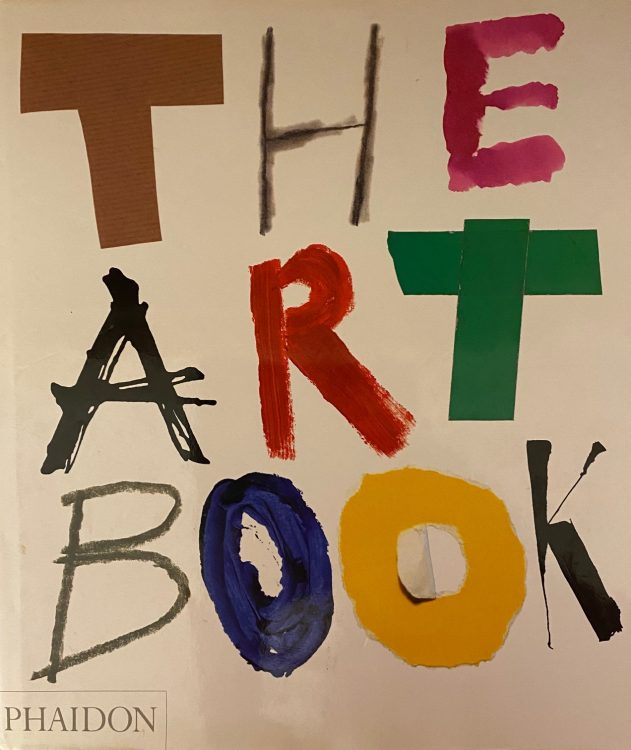
1994’s iconic ‘The Art Book’ appeared in homes all over the world and was one of the most successful art publications of all time. Phaidon Press; 1st edition (1 October 1994).
